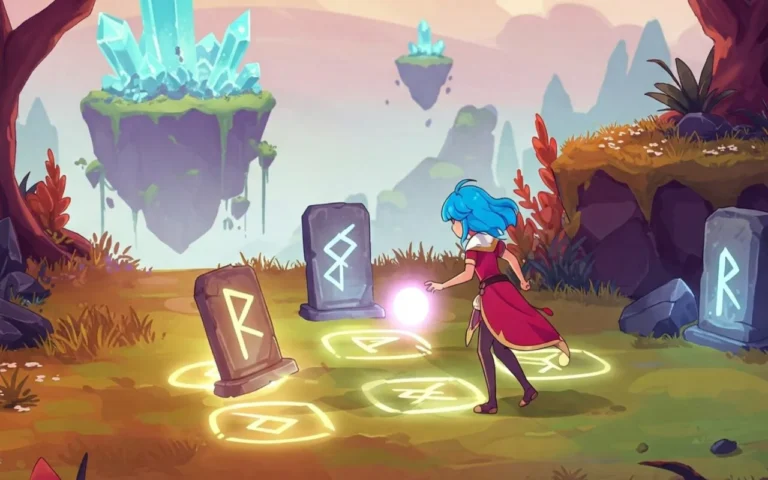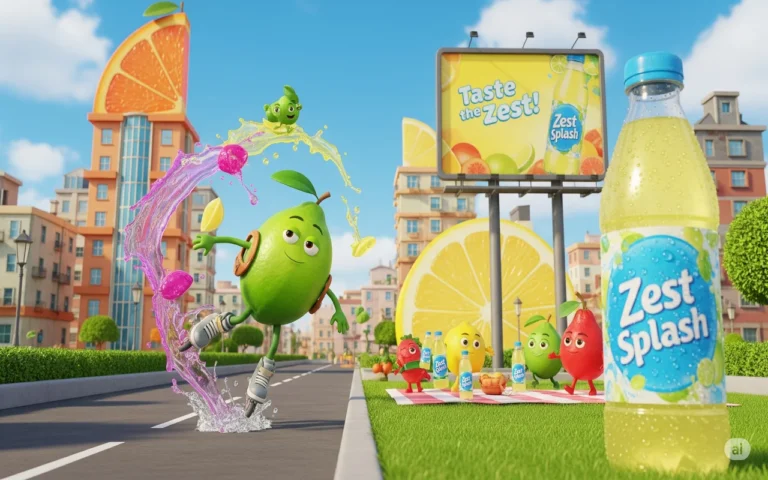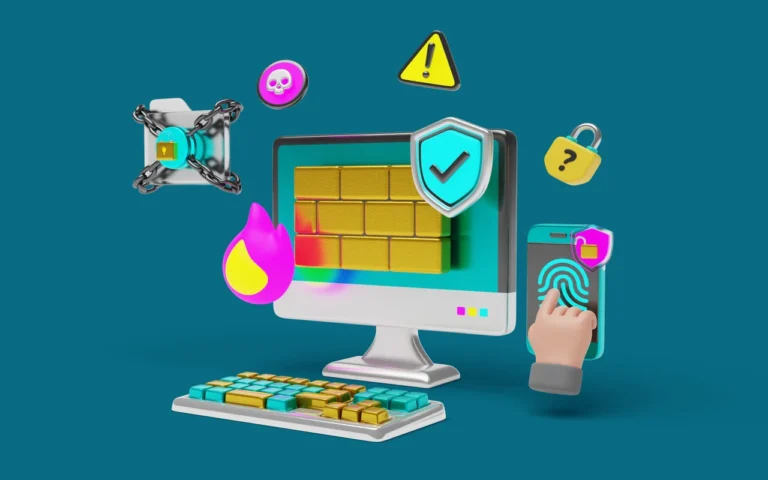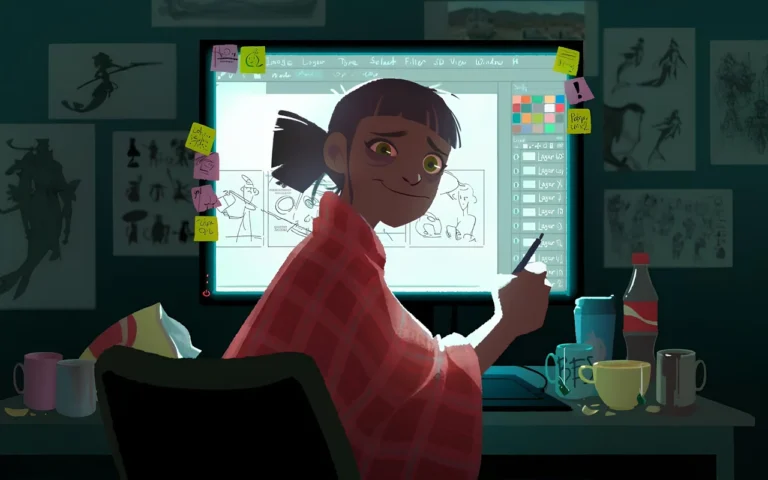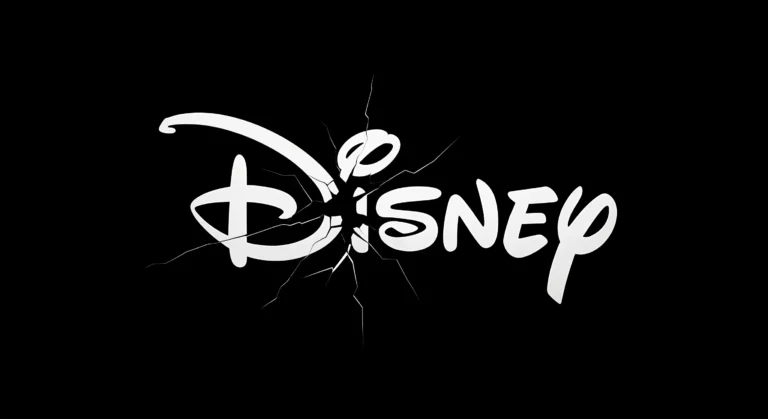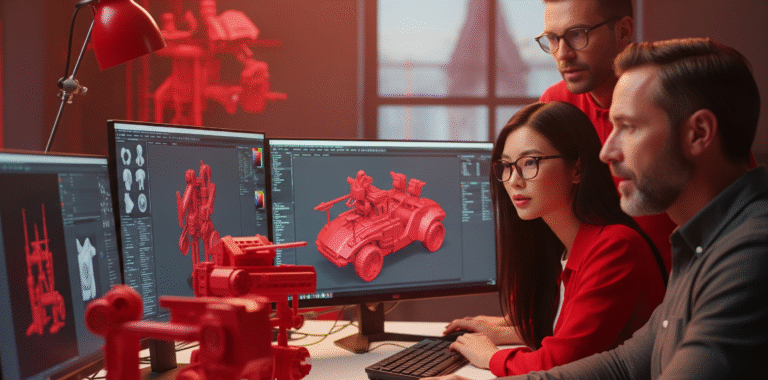Stop-motion artists create physical objects and move them one frame at a time to create animation. Fantastic Mr. Fox, Chicken Run, and Coraline are prime examples of stop-motion animation. As a frame-by-frame animation method, stop-motion involves capturing images of physical objects in every frame to create the illusion of movement.

Need Animation Services?
Visit our Animation Service page to see how we can help bring your ideas to life!
Responsibilities of a Stop Motion Artist
A stop-motion artist’s role involves two distinct sets of responsibilities. Some artists lean towards creating props and assets, while others are more interested in animation. Let’s explore the main responsibilities of stop-motion artists.
Storyboarding
Although storyboarding is usually handled by creative directors and concept artists in other types of animation, stop-motion animation involves creating and moving physical objects, which have unique constraints. Thus, stop-motion artists cooperate in the storyboarding stage to help design and plan animations that conform to those physical constraints. Additionally, studying and understanding storyboards is crucial for every stop-motion artist since they are the ones who are going to create the animation frame by frame.
Creating Sets and Placing Puppets
Stop-motion artists typically start the production by designing stages and arranging objects and puppets. Each set is filled with a variety of objects crafted from different materials. These objects and puppets are either made by the stop-motion animation studio or outsourced to companies specialized in creating puppets and props.
Animation
After placing puppets and props in sets, it’s time to create the stop motion animation. Stop-motion artists move and manipulate puppets carefully to set them into the desired poses. Every pose or more precisely, every frame of the animation is then photographed. Adjusting the cameras to create scenes that match the storyboards are sometimes handled by stop-motion artists as well.
Read More: What Is Frame-by-Frame Animation?
Essential Skills for a Stop-Motion Artist
Visual Storytelling
Visual storytelling is probably the most important skill a stop-motion artist should have. They should be able to convey the story across multiple frames by animating various puppets. This type of animation is sometimes created without dialogue. It is imperative for stop-motion animators to be able to tell stories solely through body motion and facial expressions.
12 Principles of Animation
A stop-motion artist should master the 12 principles of animation. Like digital animation, stop-motion animation needs to follow the animation principles to look physically correct. Creating animation that follows physical rules is very challenging in stop-motion animation due to the need to photograph every frame. Stop-motion animators have to animate, capture, and review scenes multiple times to achieve the desired movement. Thus, knowing how far and how fast to move objects in every frame accelerates the animation process considerably.
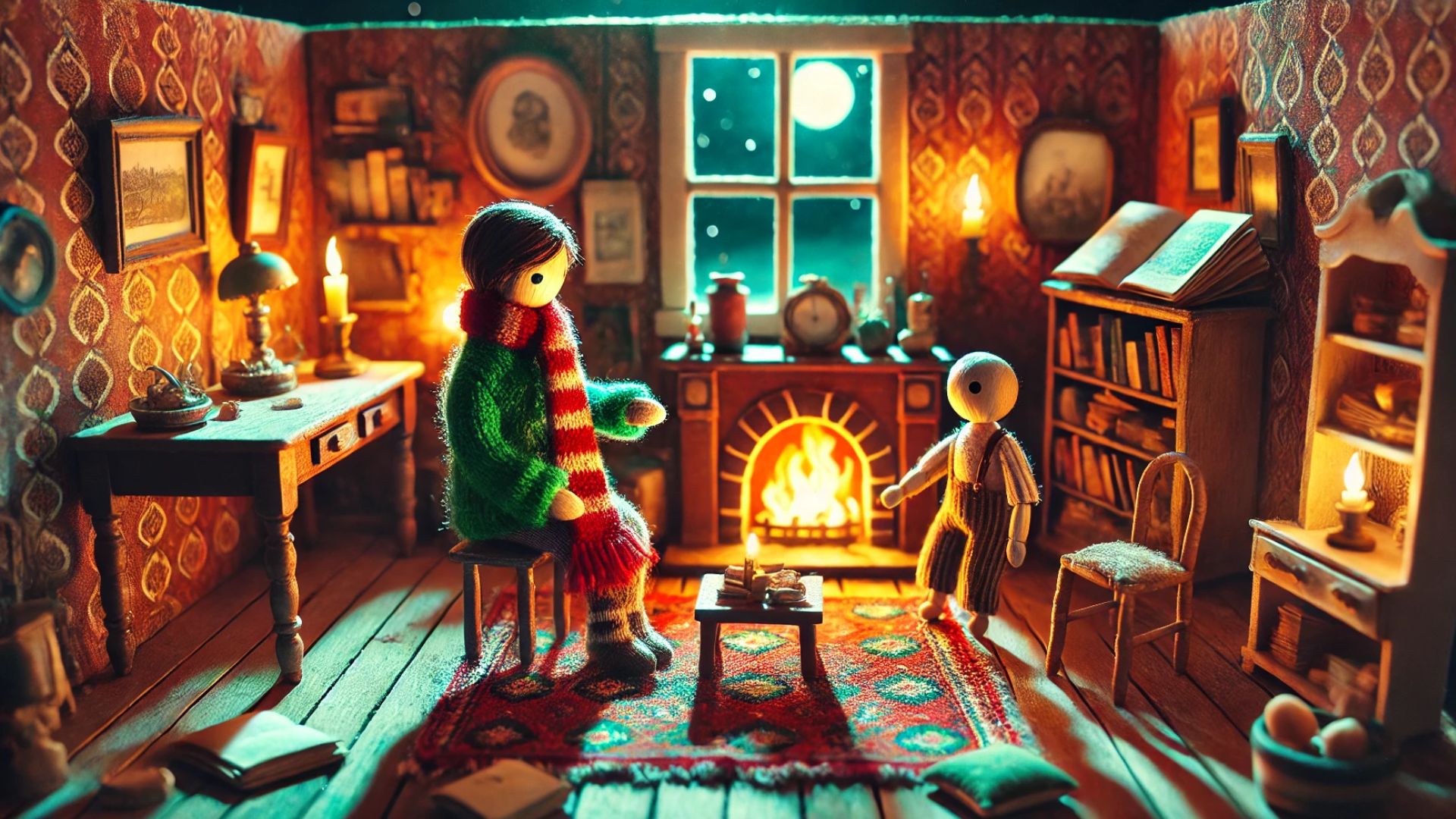
Character Animation
Character animation skills are extremely important for stop-motion artists. They spend the majority of their time animating characters on sets. Understanding how character animation is created over multiple frames, how to pose puppets in key poses, and how to create certain moves are crucial skills.
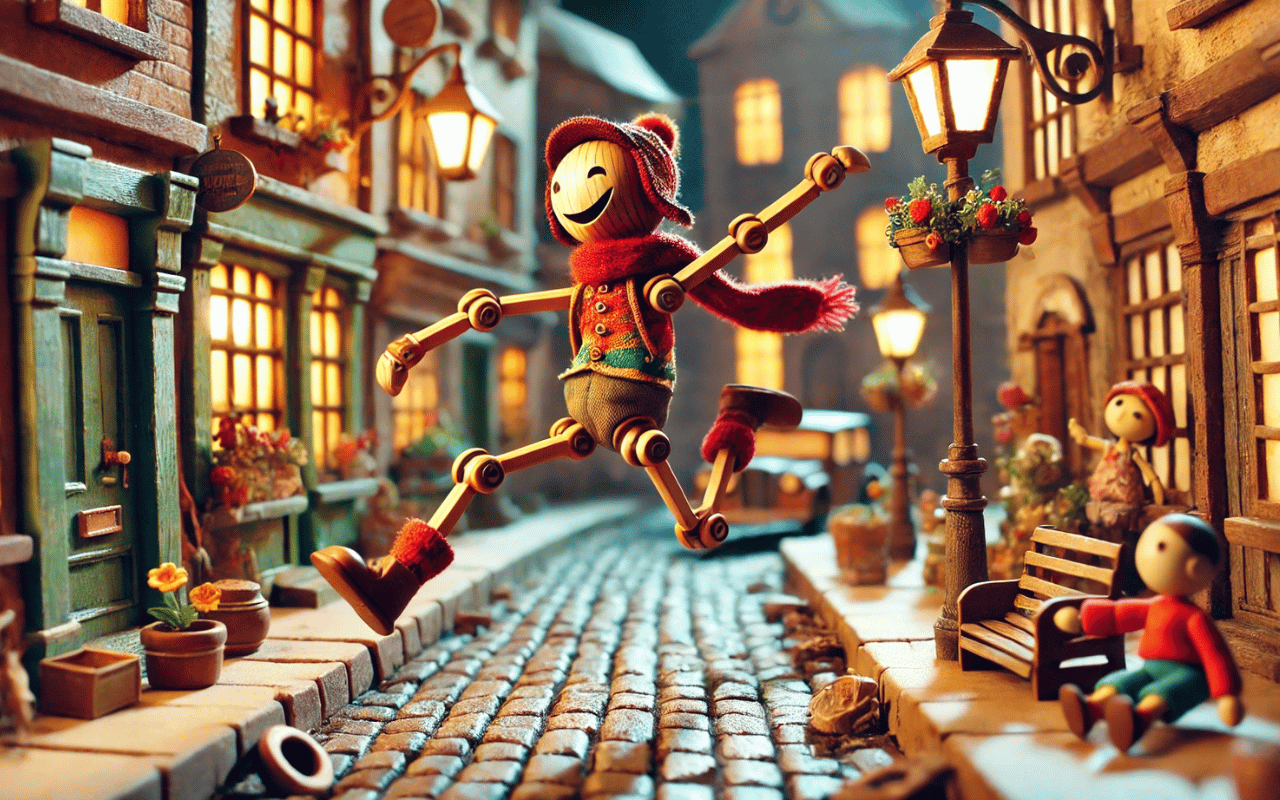
Patience and Attention to Detail
Stop-motion animation is a time-consuming and rigorous type of animation. Manipulating physical objects and tweaking their poses continuously requires a great deal of patience. Animation is an activity that demands close attention to detail as well. These traits are crucial for every stop motion artist.
Types of Stop-Motion Animation
Stop-motion animation is one of the earliest types of animation. It is probably how animation started. The technique is used to create many types of animation. Let’s explore the most common types of stop-motion animation that are still used to create animation.
Claymation
Claymation is a type of animation where objects and characters are made of deformable material like plasticine or clay. Used in popular animations like Shaun the Sheep and Chicken Run, Claymation is a nostalgic type of stop-motion animation that seems to be less popular among production companies today due to the difficulty of creating high-quality clay objects.
Puppet Animation
Puppet animation is another widely used style of stop-motion animation. In this technique, characters can be created with any type of material such as plastic, metal, or fabric. These puppets usually contain meshes that help maintain their structure and allow for animating different parts. Animated films like Coraline and Fantastic Mr. Fox use this technique.
Cut-out Animation
Cut-out is a stop-motion animation technique that involves creating animation using flat, two-dimensional materials such as paper or cardboard. Cut-out characters are made of separate parts that are moved across a flat plane and photographed in each frame.
Tools for Stop-Motion Animation
Cameras and Rigs
Cameras are the most important tool needed for stop-motion animation. DSLR cameras manufactured by Nikon and Canon are widely used in a stop-motion pipeline. Rigs and tripods are also required to capture images from different angles steadily and accurately.
Lighting Equipment
Lighting is a crucial element of any type of animation and film project. Stop-motion projects require a physical lighting setup that includes lighting rigs, soft boxes, LEDs and other specialized tools.
Tables and Stages
Depending on the type of stop-motion animation, stages can be as simple as a table or as complicated as miniaturized artificial environments.
Tools and Materials for Creating Puppets
Creating puppets for stop-motion animation is a complicated process. Based on the type of animation, these puppets require different materials and tools.
Trends in Stop-Motion Animation
The Decline of Claymation
Stop-motion animation is one of the most difficult types of animations to create. It’s a type of art that combines animation, filmmaking and physical art. Claymation used to be a popular type of animation due to the flexibility of plasticine and its ease of use in animation. However, in recent years, there has been a shortage of Claymation materials and studios are struggling to find reliable sources.
The Rise of 3D Printing
The advent of 3D printing in recent years has allowed stop-motion studios to create faces with different variations. Tens of mouth shapes can be created for characters that come with swappable facial parts. This allows creating more descriptive facial expressions in stop-motion animation.
Virtual Production
In recent years, tools like Unreal Engine have provided animation studios with virtual production tools that allow for integrating physical objects and actors into virtual scenes. This helps reduce the costs of producing stages and effects.
Career Path of a Stop-Motion Artist
Stop-motion animation is not as popular as it used to be a few decades ago. Thus, finding work can be challenging for beginning stop-motion artists. There are only a handful of studios that create stop-motion feature animation using physical objects. However, the best way to get noticed as a stop-motion artist is to create your personal animation projects and publish them on social media or apply for film festivals.
Once you get your foot into one of these studios, it is easier to focus on the task you are more interested in. As you get more experienced, it becomes possible to move to more senior roles like creative director roles.
Individuals working on stop-motion projects can also work in the film industry as prop artists and set dressers.
Finally, we recommend approaching stop-motion animation with passion and not just for the job prospects.


